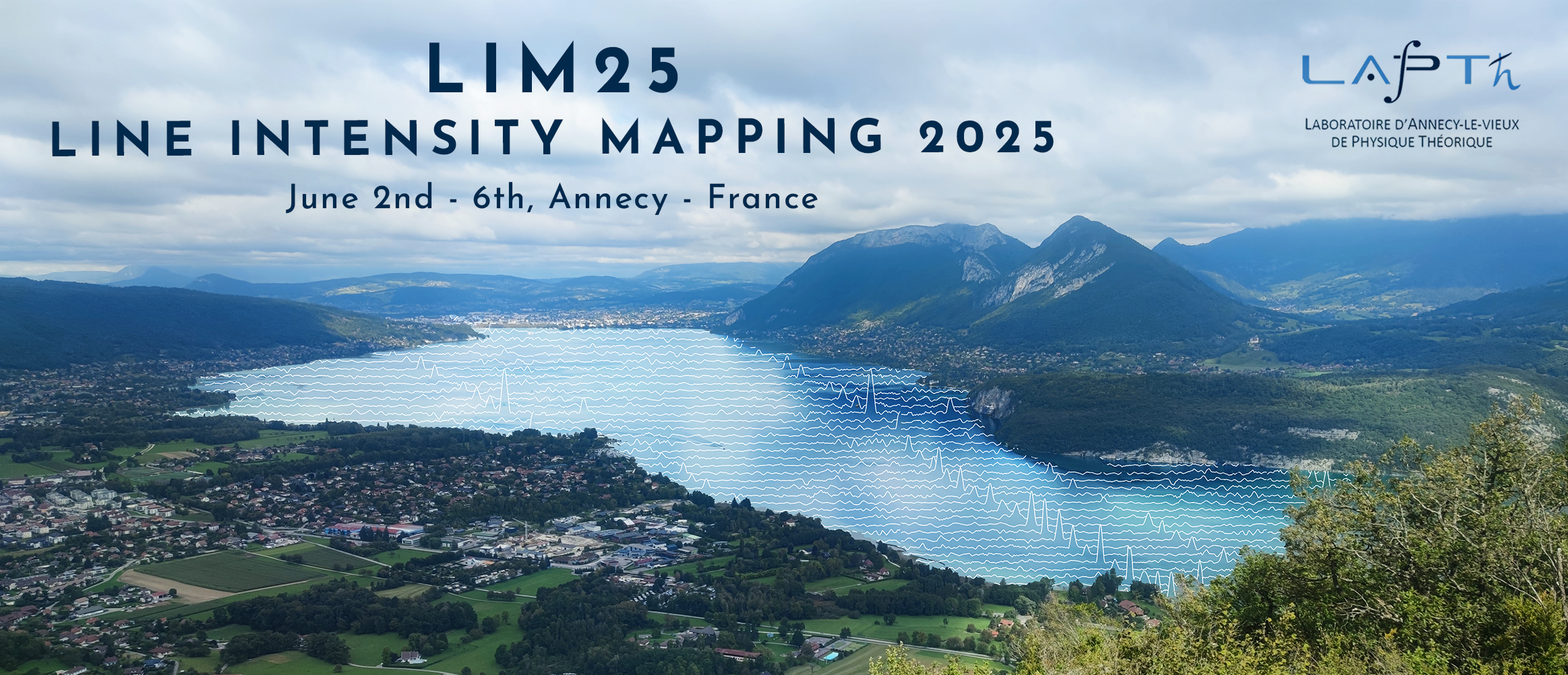Orateur
Description
Helium reionization represents the most recent global transformation of the intergalactic medium, yet its main drivers and evolution remain poorly understood. Upcoming radio surveys aim to probe the Epoch of Reionization (EoR) using line-intensity mapping (LIM) techniques, with the most promising instruments being the Square Kilometre Array Phase 1 (SKA-1) MID, the Deep Synoptic Array 2000 (DSA-2000), and the Packed Ultra-wideband Mapping Array (PUMA). Similar to the 21 cm signal from neutral hydrogen (HI), singly ionized helium-3 can be mapped through its 3.46 cm emission line, which benefits from a higher spontaneous decay rate and a higher rest frequency (8.66 GHz) compared to HI.
We aim to determine the integration time required to detect the power spectrum of the 3.46 cm signal with radio surveys and to distinguish between different reionization models. To this end, we employ two suites of hydrodynamical simulations: one based on a standard late-reionization scenario ($3 \lesssim z \lesssim 5$) and another incorporating an alternative quasar luminosity function that leads to early reionization ($5 \lesssim z \lesssim 12$). We construct mock data cubes that account for various noise sources and compute the 3D power spectrum. Our results indicate that the 3.46 cm signal is strongly coupled to the cosmic microwave background (CMB) signal, making it challenging to disentangle the two and measure the power spectrum of the helium-3 brightness temperature alone. The integration time required to achieve a reasonable signal-to-noise ratio ranges from several months to years, depending on the instrument and redshift range. Unless combined with other observational probes, LIM techniques alone are unlikely to provide meaningful constraints on helium reionization in the near future.

